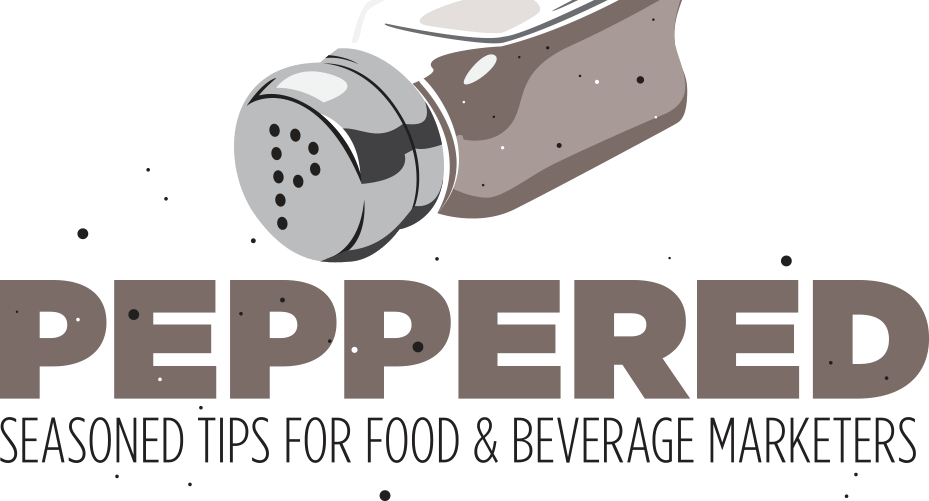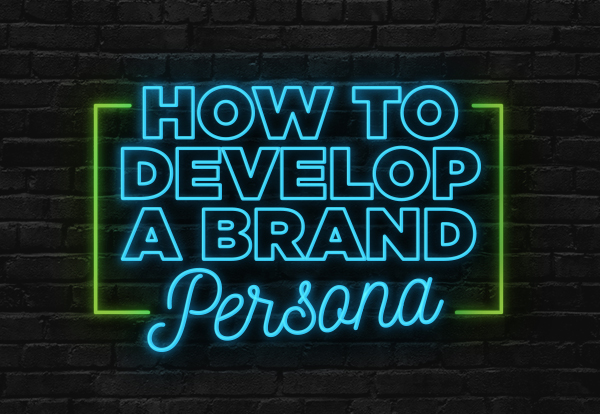Who are you? Who are your consumers? What’s your history? Your product? Your values? Your distinction? Identity is the bedrock of any brand. It’s marketing 101, baby. Netflix. Apple. Nike. The most iconic brands know who they are. They know their workers and customers alike. They own a unique aesthetic and sell more than just a good or service—they sell a lifestyle to aspire toward. Capturing that essence is rare for a range of reasons. A common one is that many companies have a disjointed idea of who they are. The CEO might see the brand differently from the sales team, who may see it differently from customer service. The identity has to be unified from within through policies, practices, and messaging—it’s who a company hires, how they treat their workers, what their offices look like, and how they give back. Brands often hire consultants or agencies to help guide this process that culminates in a unified front.
After you’ve finished your internal journey of self-discovery, it’s time to strategize how to externally market your identity. That’s where the brand persona comes in. Consumers want to feel connected to the brands they follow or interact with—both in-person and online. They’re looking for personality. Sincerity. Attention to detail. If an ad is going to disrupt them from scrolling on their phones or driving to work, it’s going to be a nuisance unless it adds value (get it?). Personas are a great way to blend into the mix. They “humanize” the brand to some degree. But to create a believable, ownable persona in any medium, it can’t be entertainment for its own sake. It has to be consistent and tethered to the brand’s perception.
That said, brands often have a perception gap between how they view themselves and how their consumers perceive them—or a gap between who they are and who they want to be. The persona’s job is to bridge these gaps with nuance across platforms. Every platform is different, but a persona should be comparable across them. Same palette, different shades. This is where you figure out how to connect the persona primarily via text on Twitter, images on Instagram, short-form videos on TikTok, and so on. It’s important to consider how it can live in other advertising mediums as well, such as billboards, truck-wraps, or commercials.
Just like people, the persona will naturally evolve over time. What ends up on social media won’t look exactly like what started out in initial meetings. Application is a process of trial and error, and your consumers should play a huge role in that process. You may start posting in a style that continually falls flat, then adjust to something that resonates more. On the flip side, brands often chase vanity metrics by producing trendy content that has a higher probability of “going viral,” but may contradict the brand’s identity. This can do damage in the long run. The foundation of content should be linked to the brand identity. It may not explode overnight, but it’ll pay off in the long run.
Years ago, most brands online were seen as cringe for being out-of-touch with internet culture. Now most of them have caught up. They know the language and use the same meme formats or product photography props. They understand the attention economy and how to provoke people with outrage baiting or political polarization or nostalgia or relatability. It’s led to a higher baseline standard, but it also created a landscape that’s harder to stand out in. One way to break through is by establishing recurring bits tailored to your brand. Just like comedians have routines or journalists have beats—brands need subjects that they push with repetition to become ingrained in users’ minds and connected to the brand itself. This can be an inside joke about your product, tag line, rivalry with another brand, celebrity crush, whatever.
Too much of strategic persona development needs to be tailored to an individual brand’s identity and goals, so we won’t explore that here. Just remember that the brand identity is your bedrock and the brand persona is your exterior—it should adapt to any renovations as you go. That’s why there’s value in the tension. Any brand-consumer relationship is a two-way street. If your audience rewards a certain style of content, you’ll likely post more of it. It shows them you’re listening and gives you more credibility.
There’s no magic pill. Developing a brand identity and persona is a messy, expensive process. But it’s all worth it to create a consistent, iconic brand that stands out from the rest over time.






